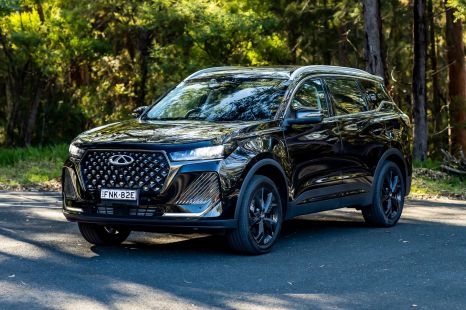

Matt Campbell
6 Days Ago

News Editor
The Mazda CX-60 and CX-90 are already on sale, while the CX-70 was revealed in January. Now, here’s the final piece of Mazda’s Large Architecture puzzle.
After being spied testing last year, images of the Mazda CX-80 have been shared by the Tsuratsura and Mazda blog, revealing the three-row sibling to the narrower CX-60 that’s been developed for markets like Japan and Europe.
But while the recently revealed, North America-targeted CX-70 shares its body with the CX-90, the CX-80 is noticeably different from the CX-60.
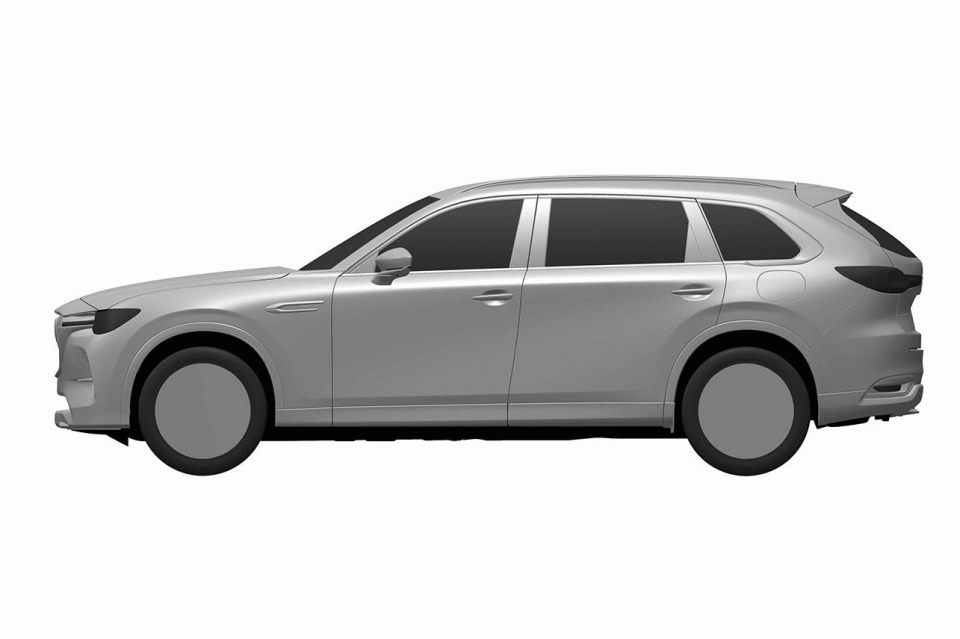
It appears to ride a longer wheelbase than the CX-60 to accommodate the third row of seating, and naturally there’s a slightly different look to the CX-80’s sides.
The C- and D-pillar treatment, for example, resembles that of the CX-70 and CX-90, while there looks to be a longer rear overhang and a tail light design more like that of the CX-90.
While it’s unclear how much longer the CX-80 is than the CX-60, we’d expect it to share the same width figure: 1890mm.
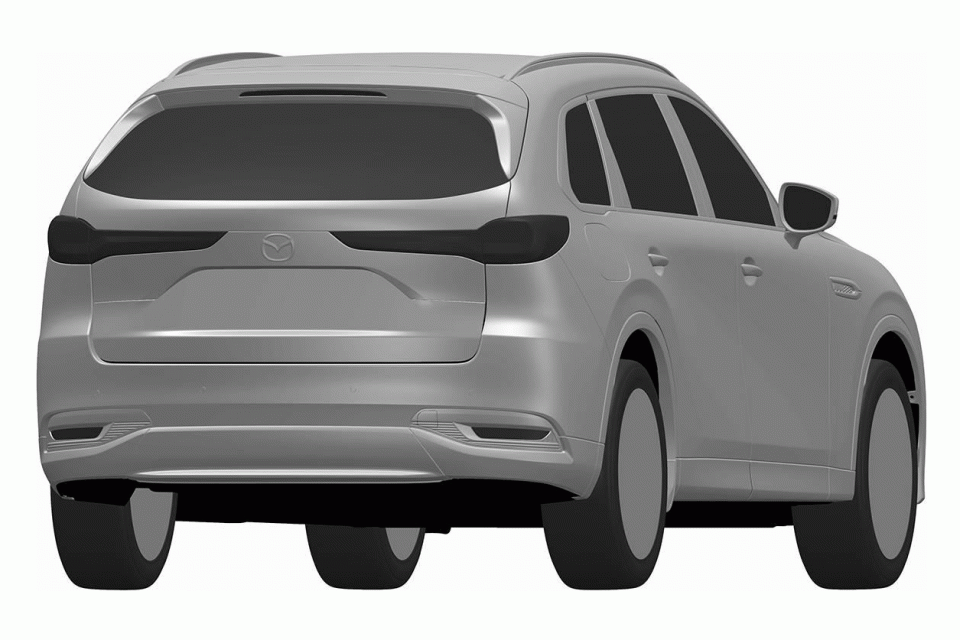
That will make it 104mm narrower than the also three-row CX-90. That’s similar to the outgoing CX-8 and CX-9, between which there’s a 124mm difference in width.
Australia is once again unusual in getting both SUVs developed for markets like North America (in this case, the CX-70 and CX-90), and those for markets like Europe and Japan (CX-60 and CX-80).
The CX-80 was confirmed for Australia last year, though Mazda has yet to confirm launch timing. It has also yet to confirm launch timing for the CX-70.
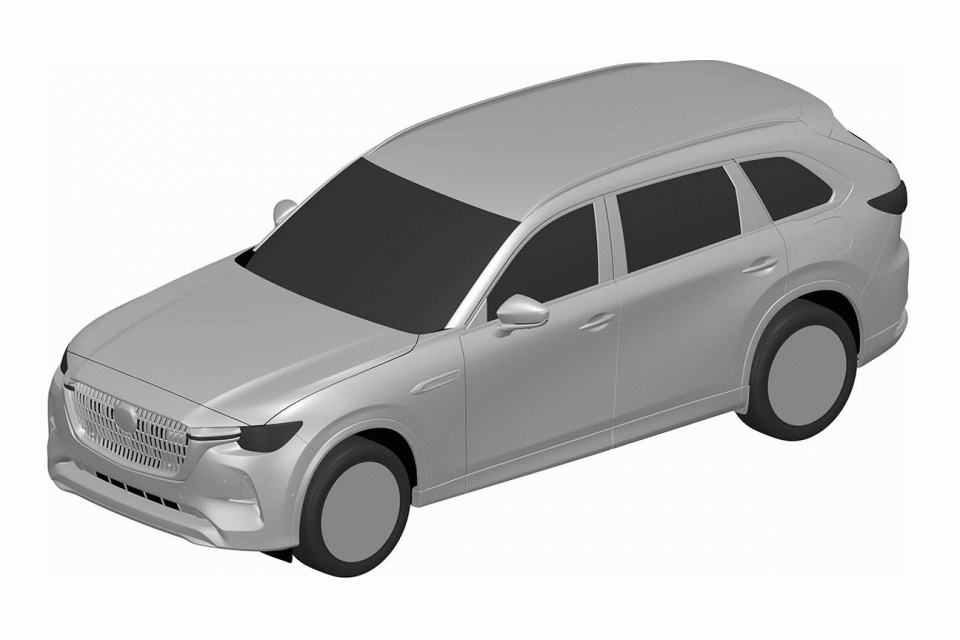
It has also yet to announce what will power the CX-80, though it’s almost certain to use the same mild-hybrid inline six-cylinder petrol and diesel engines and four-cylinder plug-in hybrid (PHEV) powertrain as the CX-60.
The CX-60’s 3.3-litre turbo-petrol pumps out 209kW of power and 450Nm of torque, its 3.3-litre turbo-diesel produces 187kW and 500Nm, and its 2.5-litre PHEV powertrain produces 241kW and 500Nm.
We do know that the CX-80 – like the other Large Architecture SUVs – won’t have a local ride and handling tune.
With the CX-8 and CX-9 exiting production, the CX-80 and CX-90 will become Mazda’s only three-row SUVs.
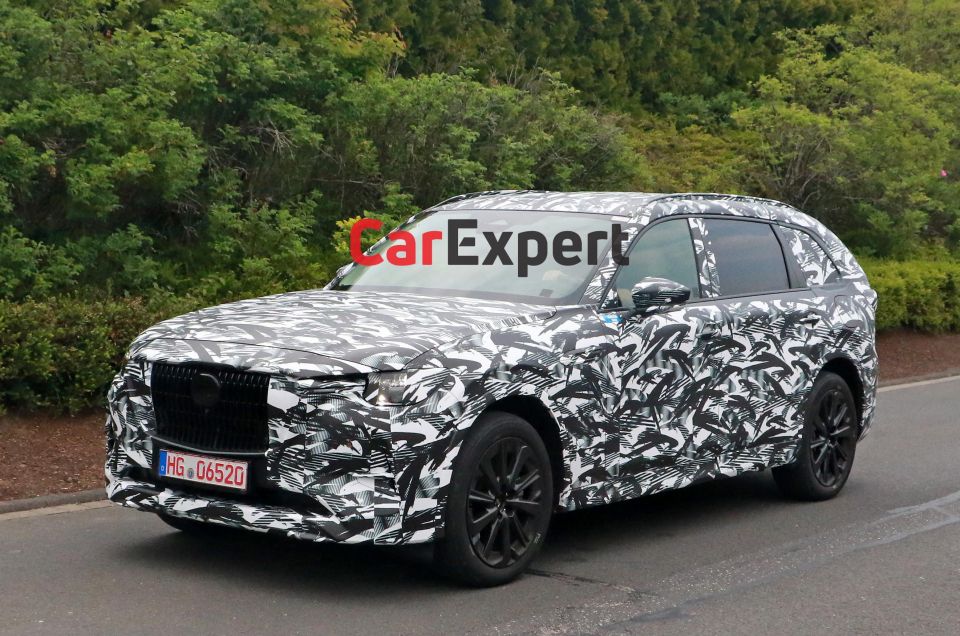
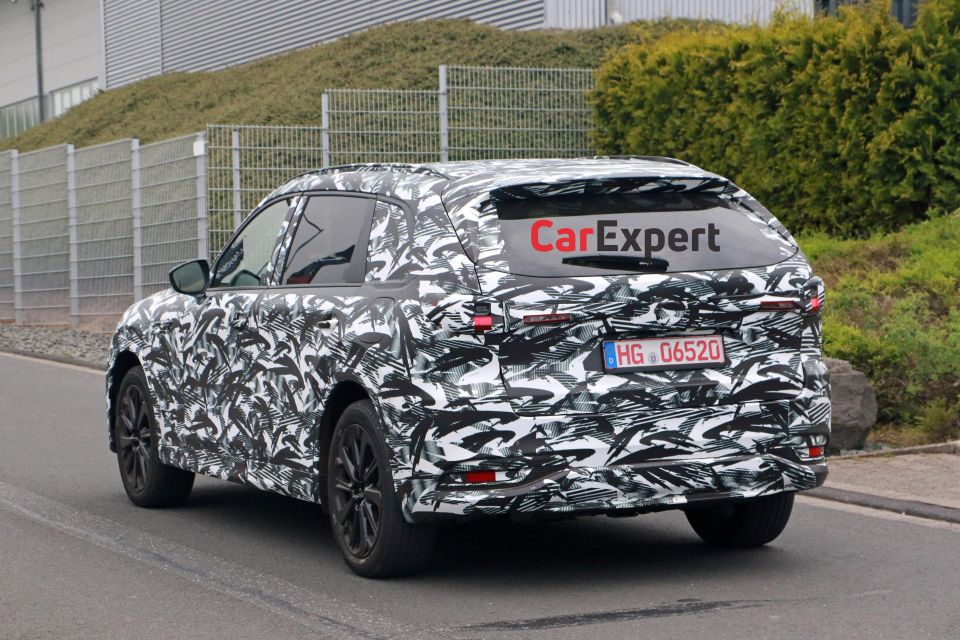
But while the two new three-row SUVs effectively replace those old ones, the launch of the CX-60 and (upcoming) CX-70 means the Mazda’s SUV lineup will be more cluttered than before.
“Of course there is going to be a little bit of an overlap, but we’ve got confidence from our experience that consumers are not going to come to the showroom and say, ‘You’ve got too many to offer, I’m confused, what are you doing?'” Mazda Australia managing director Vinesh Bhindi told CarExpert in January.
“In fact they appreciate the fact that we’re giving them choice.”
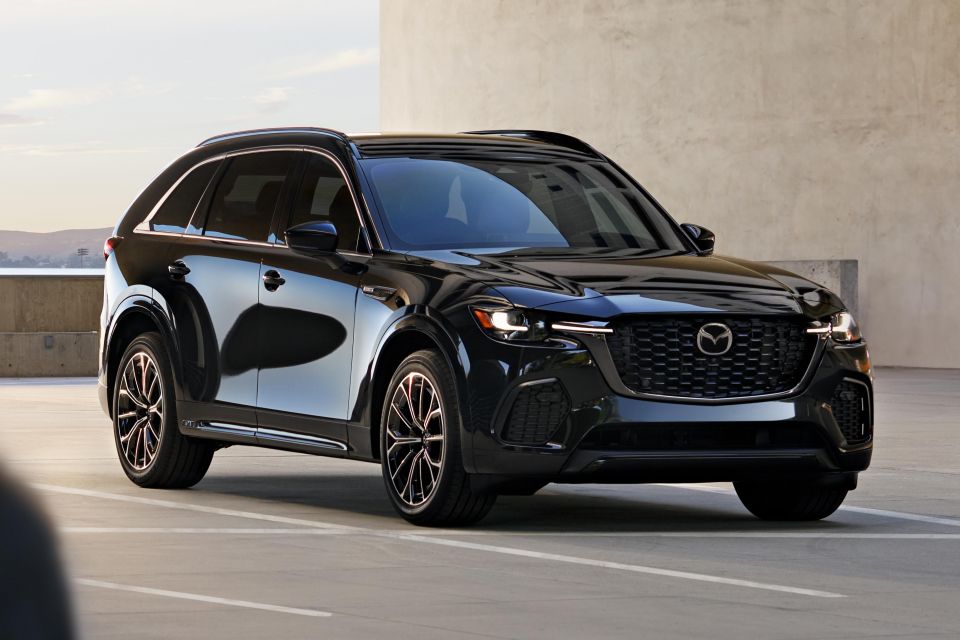
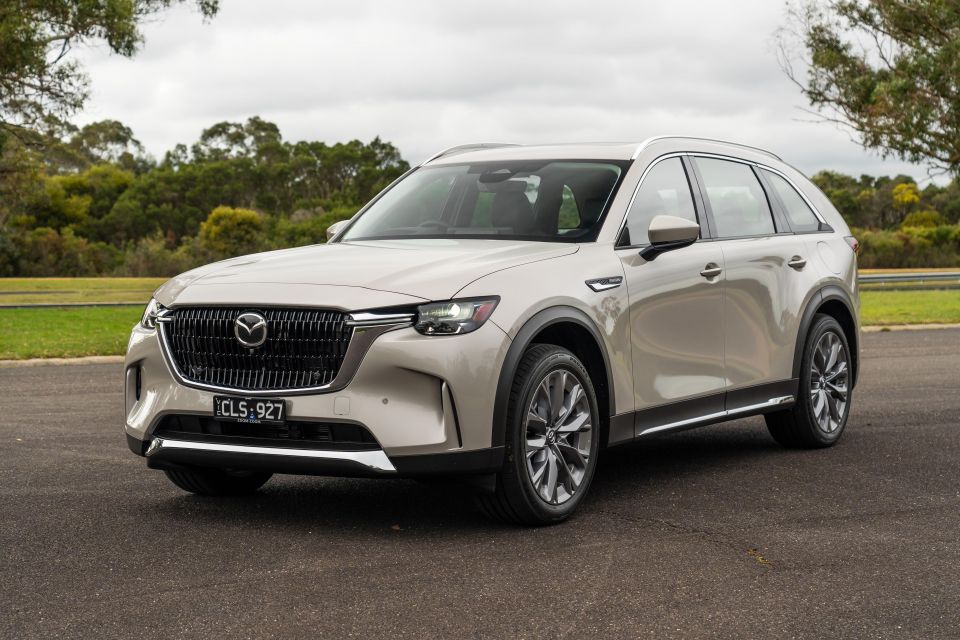

Mazda Australia also notes that two-row SUV buyers and three-row SUV buyers are typically different, with little crossover between the two.
Mazda Australia foresees the CX-60 and CX-80 as being the volume players, while the wider CX-70 and CX-90 – the lattermost of which is already on sale – will be more niche players that will serve as flagships of Mazda’s two-row and three-row SUV lineups respectively.
All these new Large Architecture models sit above the existing, volume-selling CX-3, CX-30 and CX-5. A direct replacement for the CX-5 is coming, even though global production of its stretched, three-row CX-8 sibling has ended.
Take advantage of Australia's BIGGEST new car website to find a great deal on a Mazda CX-80.
William Stopford is an automotive journalist based in Brisbane, Australia. William is a Business/Journalism graduate from the Queensland University of Technology who loves to travel, briefly lived in the US, and has a particular interest in the American car industry.


Matt Campbell
6 Days Ago
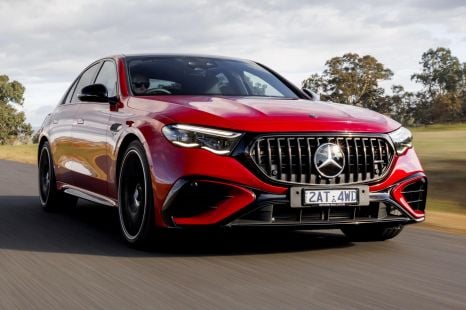

Max Davies
4 Days Ago
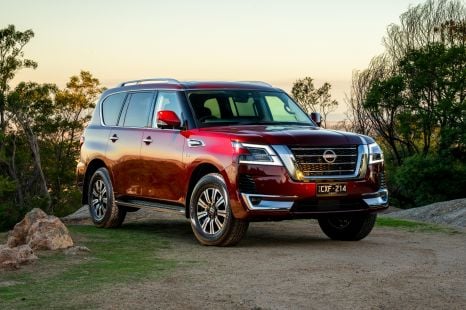

James Wong
3 Days Ago
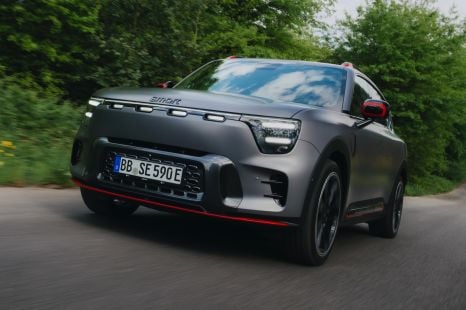

James Fossdyke
3 Days Ago


Gautam Sharma
2 Days Ago
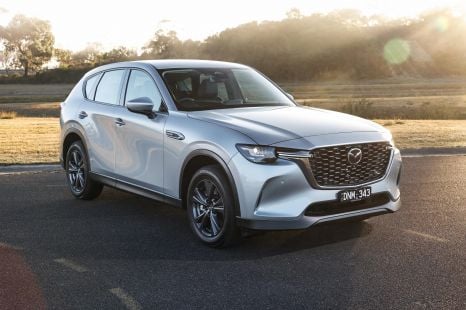

Josh Nevett
6 Hours Ago